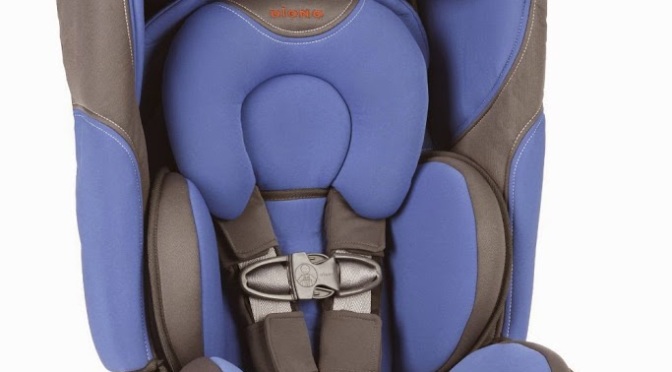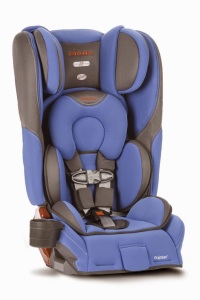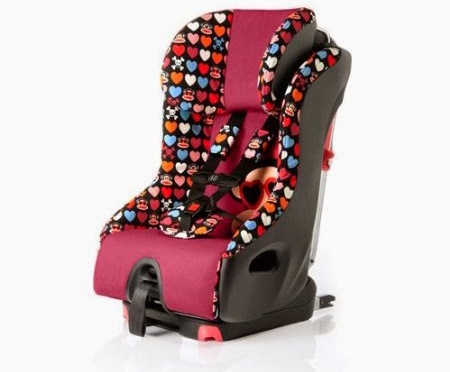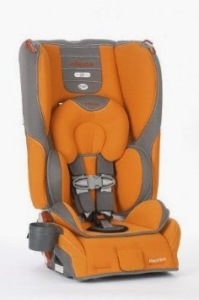The Britax Grow With You (Formerly Frontier) ClickTight is one of the two best combination seats you can buy today in the United States. This is particularly important to consider when you think about how many children are boostered too early and how many more are transferred to the adult seat belt when they should still be strapped into booster seats. This review will explore the ins and outs of the Britax Frontier and explain why it’s likely to be the last booster seat you ever need before your child transitions into the adult seat belt.
2020 update: Britax updated the Frontier 90 and renamed it the Frontier G.1.1, and then renamed it the Frontier ClickTight, and most recently renamed it the Grow With You ClickTight. The height and weight limits (as well as the dimensions and weight) of the seat remain the same. It’s still one of the two best combination seats on the market, as well as one of the best booster seats on the market.
Britax Grow With You ClickTight- What’s the big deal?
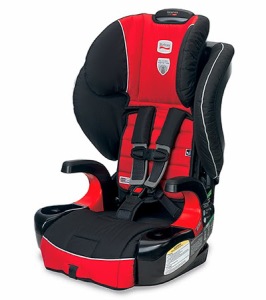 The Britax Grow With You ClickTight continues a tradition of versatile, high weight and height car seats that makes this one of the most impressive combination seats on the market. It’s a combination car seat, which means it can be used in two configurations: as a forward-facing seat and as a booster. Released by Britax alongside its high weight sibling the Pinnacle 90, the Frontier 90 is a combination car seat that should be on every parent’s shopping list.
The Britax Grow With You ClickTight continues a tradition of versatile, high weight and height car seats that makes this one of the most impressive combination seats on the market. It’s a combination car seat, which means it can be used in two configurations: as a forward-facing seat and as a booster. Released by Britax alongside its high weight sibling the Pinnacle 90, the Frontier 90 is a combination car seat that should be on every parent’s shopping list.
Buy the Britax Grow With You ClickTight on Sale with Free Shipping at Amazon here.
Britax Grow With You Limits for Weight and Height
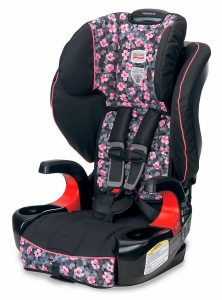 Forward-facing: 25-90 pounds, and between 30 and 58″ in height. The seated shoulder height of the child can range between 12.5 and 20.5.” Your child should be at least 2-years-old. Of course, research into car safety indicates children should remain rear-facing for as long as possible (the average is 4 years in Sweden, which posts the lowest child fatality rate on Earth), and after rear-facing, the child should remain forward-facing as long as possible. Also note that using a tether is required when using the seat in harnessed mode if the child weighs more than 65 pounds, although Britax recommends it in every installation.
Forward-facing: 25-90 pounds, and between 30 and 58″ in height. The seated shoulder height of the child can range between 12.5 and 20.5.” Your child should be at least 2-years-old. Of course, research into car safety indicates children should remain rear-facing for as long as possible (the average is 4 years in Sweden, which posts the lowest child fatality rate on Earth), and after rear-facing, the child should remain forward-facing as long as possible. Also note that using a tether is required when using the seat in harnessed mode if the child weighs more than 65 pounds, although Britax recommends it in every installation.
Booster mode: 40-120 pounds, and between 45 and 62″ in height. The seated shoulder height of the child can range between 15 and 23.” Remember that children should remain in booster seats until their seat belts fit them over the shoulder, across the chest, and flat on the upper thighs, or until they pass the 5 step test, which I describe here.
Dimensions of the Britax Grow With You ClickTight
The seat is 19″ wide at its widest point, which is at the shoulders. The seat weighs 25 pounds. Inside, it is around 15.5″ wide at the widest upper portion at the shoulders and 12″ wide in the seat area.
Using the Britax Grow With You ClickTight
The seat arrives in a box that’s designed very well; you don’t have to struggle to get the seat out of the box, which is nice when you consider that it has a decent amount of weight behind it. The seat essentially just slides out, which is where the fun begins.
The installation of the seat is a dream. In fact, it’s my second favorite thing about the Frontier after its harness height range. What I’m talking about is the ClickTight seat belt installation system. It’s designed to allow you to make a safe installation through what is essentially an automatic belt tensioner. I love this! All you need to do is lift the cover so you see the ClickTight panel, route the belt through the green path as needed, and then close the cover. It only takes a few minutes in most vehicles, and from then on, all you need to do is attach your top tether strap to the appropriate tether anchor.
Don’t worry about LATCH weight limits! Don’t worry about complex paths for routing the belt! Don’t worry about locking clips! It’s that easy in the majority of vehicles. This is a reason that, by itself, would make the Frontier worth considering. The Frontier’s ClickTight connection sytem just made car seat installation a lot safer.
Buy the Britax Grow With You on Sale with Free Shipping at Amazon here.
Why Buy the Britax Grow With You?
This is the meat and potatoes of this car seat. The Frontier leads the car seat industry in the United States with its high top harness height setting of 20.5.” Most children outgrow their combination seats by height long before they do by weight simply because most combination seats only offer top harness heights, or upper shoulder heights for children, of 18″ or 19.” Remember that when forward-facing, with very few exceptions, a child can no longer use a seat once his or her shoulders are level with the top harness. Because of the mega-height of the Frontier, outgrowing it by height is a lot harder. Of course children who are in the tallest percentiles by height will still likely outgrow it by height before doing so by weight, but right now, this is as good as it gets. This alone is reason enough to buy the Frontier. The fact that it comes after the easy installation is just icing on the cake.
Besides that fact, the Frontier also includes a steel frame to keep the seat from flexing forward as much in the event of a crash. It also features EPP foam around the child’s head and body to increase levels of side impact protection and reduce stress and strain on the body during collisions. All of these are good things.
Longer harnessing time, decently narrow
As noted above, you are likely to be able to keep children safely harnessed while forward facing in the Frontier longer than in any other car seat, which is a good thing once you’re done rear-facing. Each transition in child seats signifies a decrease in safety (e.g., rear-facing is safer than forward-facing, which is safer than a booster position, which is safer than simply using a seat belt); the longer you can keep a child forward-facing in a harness, the better. The Frontier now leads the field here.
Finally, the Frontier is also simply an easier seat to install than many combination seats, due to its relatively narrow width of 19 inches. That means it’s actually possible to install 3 across in a number of midsized vehicles. I also like the fact that it has a 9-year usable life (remember, car seats do expire eventually), which is great, although there are seats with longer lifespans (e.g., the newest Dionos).
The Grow With You is an excellent car seat and, in my opinion, one of the two best combination car seats currently available in the United States for children above the age of 4. It’s likely to be the last seat your child needs before s/he is ready for a regular adult seat belt. You can buy the Britax Grow With You ClickTight in a range of colors here. Canadians can buy the Frontier here.
 If you find my information on best practices in car and car seat safety helpful, you can do your shopping through this Amazon link. Canadians can shop here for Canadian purchases. It costs nothing extra to do so, but when you shop through my links, a small portion of your purchase, regardless of what you buy, will go toward the maintenance of The Car Crash Detective.
If you find my information on best practices in car and car seat safety helpful, you can do your shopping through this Amazon link. Canadians can shop here for Canadian purchases. It costs nothing extra to do so, but when you shop through my links, a small portion of your purchase, regardless of what you buy, will go toward the maintenance of The Car Crash Detective.

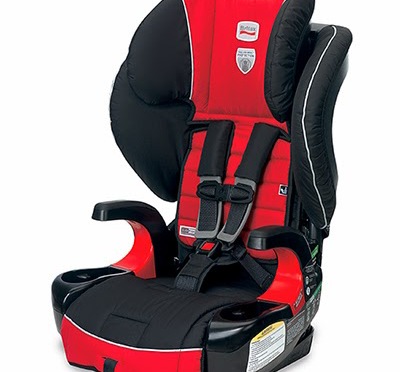
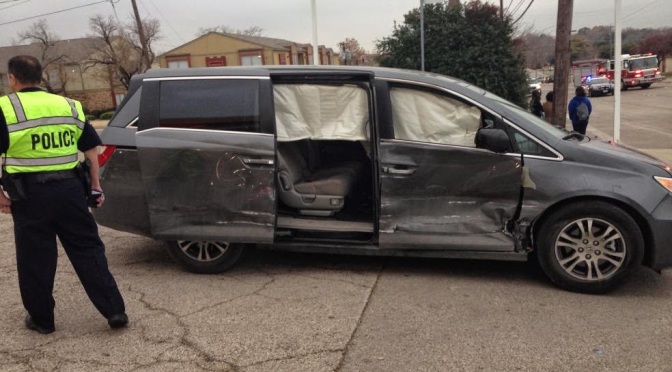
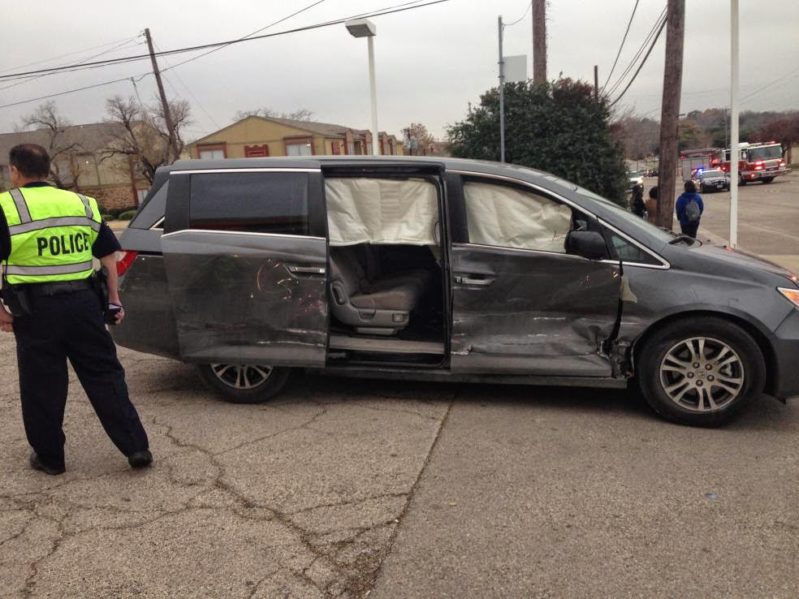
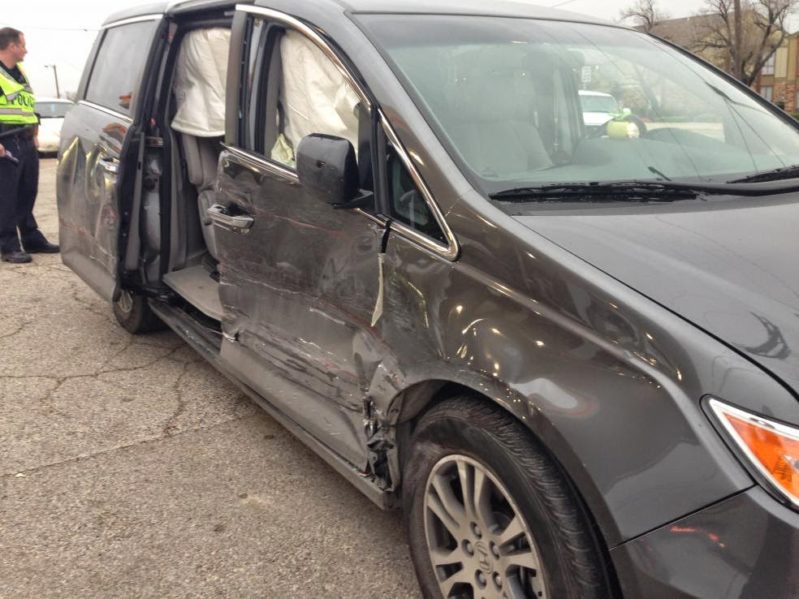 Fortunately, in this case, there were no fatalities. The collision was caused by the failure to yield of the F-150 driver. Fortunately, the relatively low speeds of the collision and the strong structural design of the Odyssey prevented fatalities or serious injuries.
Fortunately, in this case, there were no fatalities. The collision was caused by the failure to yield of the F-150 driver. Fortunately, the relatively low speeds of the collision and the strong structural design of the Odyssey prevented fatalities or serious injuries.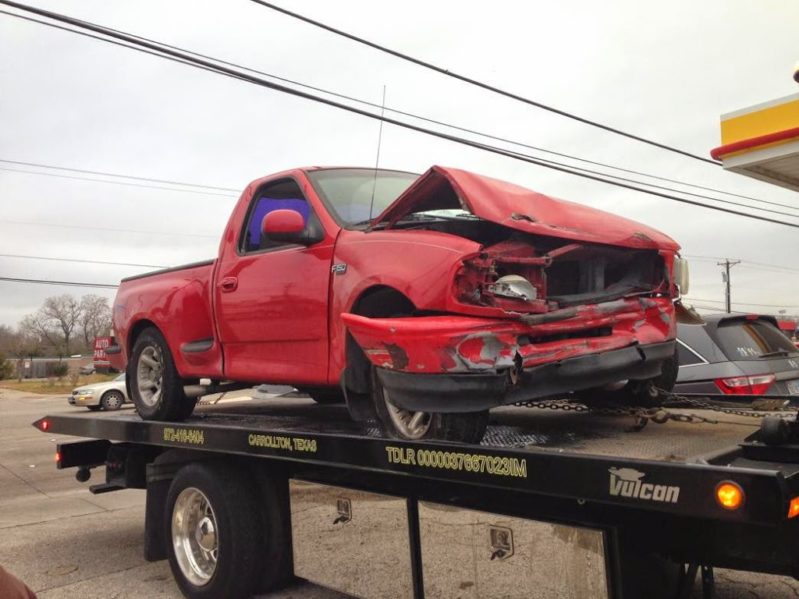 Given the likely speeds of the collision (I’ll estimate ~30 mph, based on front damage to the F-150), the collision likely imparted at least 183KJ of energy into the Odyssey / F-150. The standard side impact test simulates 143KJ of energy (a 3300-lb sled impacting a vehicle at 31 mph). In other words, the Odyssey faced 127% of the force it would have experienced in the types of crashes cars are side rated for. Given these forces and the side score of her vehicle, the Odyssey driver was virtually guaranteed to walk away from this collision, which she did.
Given the likely speeds of the collision (I’ll estimate ~30 mph, based on front damage to the F-150), the collision likely imparted at least 183KJ of energy into the Odyssey / F-150. The standard side impact test simulates 143KJ of energy (a 3300-lb sled impacting a vehicle at 31 mph). In other words, the Odyssey faced 127% of the force it would have experienced in the types of crashes cars are side rated for. Given these forces and the side score of her vehicle, the Odyssey driver was virtually guaranteed to walk away from this collision, which she did.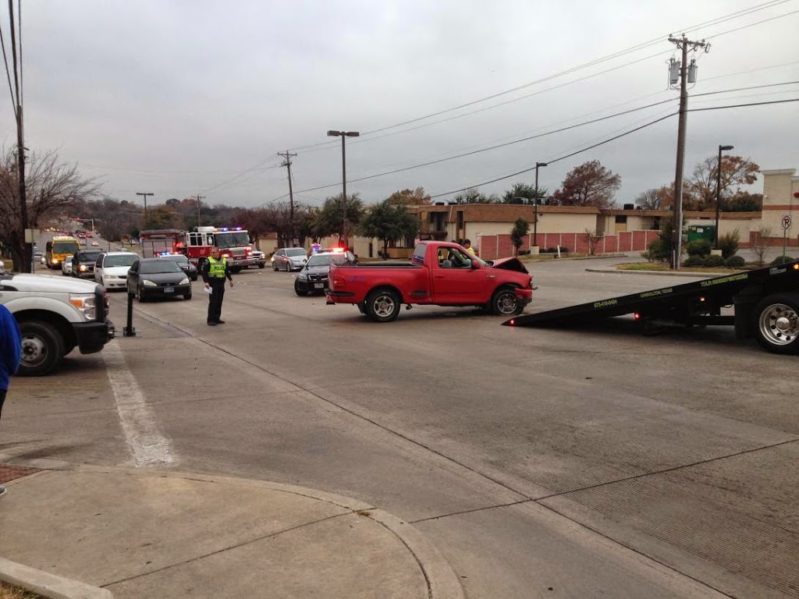 Such a case illustrates the importance of choosing a vehicle with a “good” side impact score. However, it also illustrates the importance of speed in such collisions. Had the F-150 been traveling at only 10 mph faster at 40 mph, it would have imparted nearly twice as much energy into the Odyssey, at 325KJ, despite only traveling 33% faster. I would still have expected the Odyssey driver to have survived such a collision, but in such a collision, she would likely have faced at least minor injuries, and it is quite possible that the F-150 driver would have died, or at least have faced serious injuries, given the poor frontal performance of his vehicle.
Such a case illustrates the importance of choosing a vehicle with a “good” side impact score. However, it also illustrates the importance of speed in such collisions. Had the F-150 been traveling at only 10 mph faster at 40 mph, it would have imparted nearly twice as much energy into the Odyssey, at 325KJ, despite only traveling 33% faster. I would still have expected the Odyssey driver to have survived such a collision, but in such a collision, she would likely have faced at least minor injuries, and it is quite possible that the F-150 driver would have died, or at least have faced serious injuries, given the poor frontal performance of his vehicle.